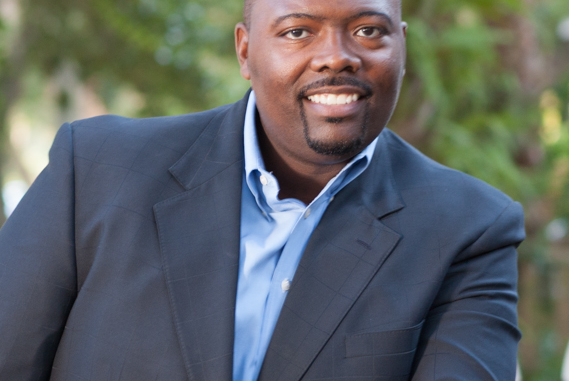

I can just picture The Donald, oops I meant President Trump, sitting around the table with some of his most devious and cunning advisers – what can we do to keep our base engaged and fired up? We need to keep the “Take America Back” and “Build a Wall” contingent of bigots and uninformed motivated.
What issues other than Mexicans, Hilary Clinton and Muslims can we use to our benefit? Hmmm…. Our base hates anything that seems as if minorities are being favored over good old white guys – that’s it. Let’s go after those admissions guidelines that Obama sent to all public colleges and universities. No, they didn’t really say use “affirmative action” in your admissions policies, but they did say that race can be considered when trying to promote diversity amongst students and faculty.
This week, the Trump administration announced that it is moving to rescind Obama-era guidance to colleges and universities on how they can use race in admissions decisions to promote diversity.
By the way, the Supreme Court has been consistent over several decades in its rulings on the lawful use of race in affirmative action at colleges and universities. Again, Trump is nothing more than a magician. Give me all the attention I desire while I trick you into thinking that I know what I am doing.
But back to affirmative action, is it still needed? Without any kind of scientific survey I can tell you that traditionally blacks say that we still need the policies and the majority of whites say we do not. This may be a news flash to some, but America is still a nation that is divided when it comes to race relations and perceptions of who we are as a nation.
The great diversity of cultures and races that has made America so exceptional in the past is now seen in a negative context to some. There are actually Americans that believe we should ban Muslims and feel that the Black Lives Matter organization is a terrorist group.
I am not sure what America we live in today. So how exactly do we make America great again? No, I am not going there this week. So why does such a necessary initiative like affirmative action in education have such a negative connotation to so many?
Through years of propaganda and false marketing, the American public has been lead to believe that affirmative action is all about taking away opportunities for white males and simply giving jobs to unqualified minorities and women.
That certainly has not been the case, and although conservatives have attacked the practice of affirmative action for years,the Supreme Court has upheld race-conscious college admission practices as recently as 2016.
Affirmative action goes back to 1961 when in response to the civil rights movement, President John F. Kennedy created a Committee on Equal Employment Opportunity and issued Executive Order 10925, which used the term “affirmative action” to refer to measures designed to achieve non-discrimination.
In 1965, President Johnson issued Executive Order 11246 requiring federal contractors to take affirmative action to ensure equality of employment opportunity without regard to race, religion and national origin. In 1968, gender was added to the protected categories.
But the bigger and more obvious question is if there is still a need for affirmative action? In the past it was crystal clear that discrimination existed in hiring practices and educational opportunities despite dramatic Civil Rights victories like Brown v. Board of Education.
Even after the passage of civil rights laws beginning in the 1960s, the road to equal opportunity for minorities and women was like climbing the rough side of mountain, and many programs – even affirmative action efforts generate very slow progress.
But for affirmative action programs at major colleges around the country, many blacks would not have been admitted despite their academic credentials. After slavery ended, most African Americans attended predominantly black colleges, many established by churches and states as segregated institutions. A few went to predominantly white institutions, in which by 1954, about one percent of entering freshman were black.
Only in the wake of affirmative action measures in the late 1960s and early 1970s did the percentage of black college students begin to climb steadily (in 1970, 7.8 percent of college students were black; in 1980, 9.1 percent; and in 1990, 11.3 percent).
So there were many compelling arguments for affirmative action in the past. The only difference in present day society is the form of discrimination that exists. Today there’s still a lack of equality in government contractors, education, housing financing/loans and hiring practices.
One would think that I would not have to convince minorities of the need for affirmative action, but the reality is that for some who are blind, they can’t comprehend that all minorities have benefited from some sort of affirmative action program.
And as African Americans fight to hold on to initiatives that attempt to provide a level playing field, the number of people who object to affirmative action programs continues to grow. With a Supreme Court that grows more conservative with every new appointment and a White House being led by a man that isn’t afraid to use race politics and fear to appease his base, programs like affirmative action are certainly doomed.
Signing off from two floors beneath the glass ceiling,
Reggie Fullwood

Be the first to comment